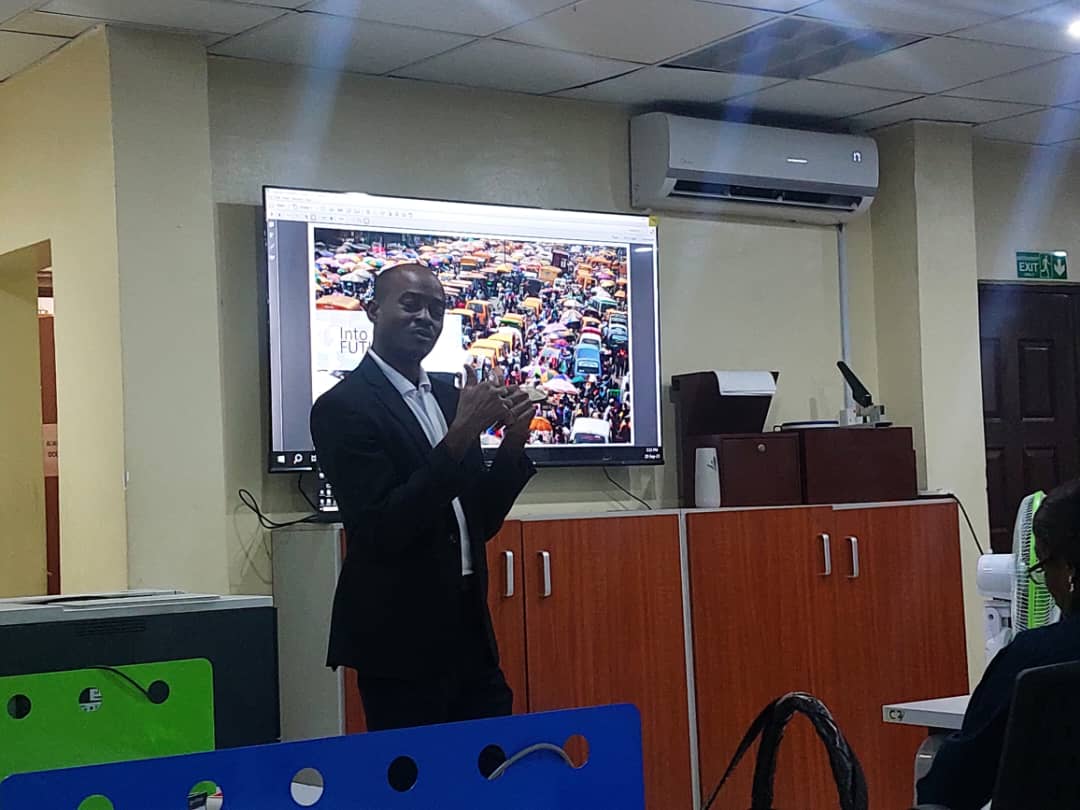TOPIC: SAFE AND HEALTHY OFFICE HOUSEKEEPING.
WHY IS THIS IMPORTANT?
Better/active hours of the day, week, month and year are spent in the office.
OFFICE HOUSEKEEPING?
Housekeeping is the management and routine support activities of running and maintaining an organized physical institution occupied or used by people (Wikipedia).
AIM OF OFFICE HOUSEKEEPING?
It is to ensure the general cleanliness, orderliness and safe working of the entire office environment.
SAFE AND HEALTY OFFICE HOUSEKEEPING IMPEDEMENTS
There are several unsafe acts that impede safe and healthy office housekeeping. These include amongst other things:
IMPROPER USE OF THE TOILETS (OUR FOCUS);
- Littering of the offices with food and snacks crumbs
- Improper use of the office furniture/equipment.
TOILET HAZARDS
The illustrated pictures depict bad housekeeping lifestyle which poses serious health hazard not for the actor alone but other staff in the office/house.
EFFECTS OF TOILETS’ UNSAFE ACTS
- Odors
Unflushed toilets come with odor, which may refuse to leave. This can infiltrate the whole office, soak into the clothing of the occupants of the office.
The smell of unflushed faeces can actually attract other life forms such as flies, cockroaches and beetles, which contaminate food and water.
- Mold
Unflushed toilets produces mold which can cause severe respiratory problems in human and also monetary cost on the organization – Continuous replacement cost
- Disease
Aside from infection caused by mold, some diseases are directly caused by human sewage when faeces are not flushed/properly flushed.
Water spill and contact with mouth
Unwashed hands.
Disease Associated with this exposure
- Gastroenteritis (stomach flu, diarrhea and vomiting),
- Hepatitis,
- occupational asthma and even Weil’s disease known as Leptospirosis is an infectious disorder of animals and humans. It is easily transmitted from infected person/animals through their urine, either directly or through infected water/soil.
TOILET BEST PRACTICES – 1
- Ensure toilet is flushed before and after usage.
- Sit on the toilet seat when using the toilet.
SAY NO
To standing, stooping or squatting on TOILET SEAT For Peeing. Urinary is the idea for gents when it is provided, if you must use the toilet seat, ensure ‘PROXIMITY’- If you spill pee on the floor and/or on the toilet seat, ensure it’s PROPERLY mopped/cleaned.
- Ladies do not expose used sanitary pad either inside the toilet or in the waste basket – Wrap it properly with preferably black nylon bag and put in the waste basket.
- If you clean with water, mop the floor before leaving (Remember somebody may enter immediately after you)
- Used tissue papers should be properly disposed.
- Properly wash your hand with soap and apply sanitizer after using the toilet.
CONCLUSION
SAFETY STARTS WITH ‘S’ BUT BEGINS WITH ‘U’











Recent Comments